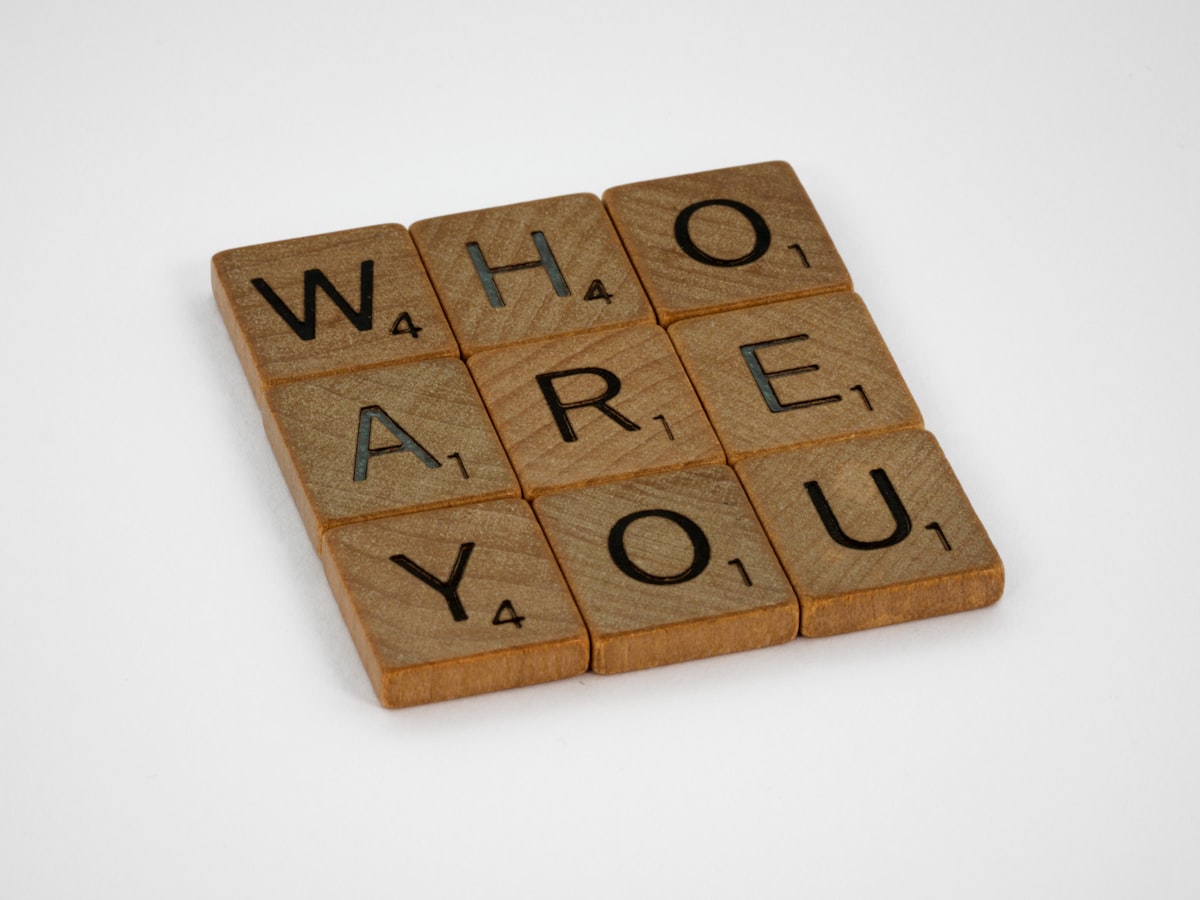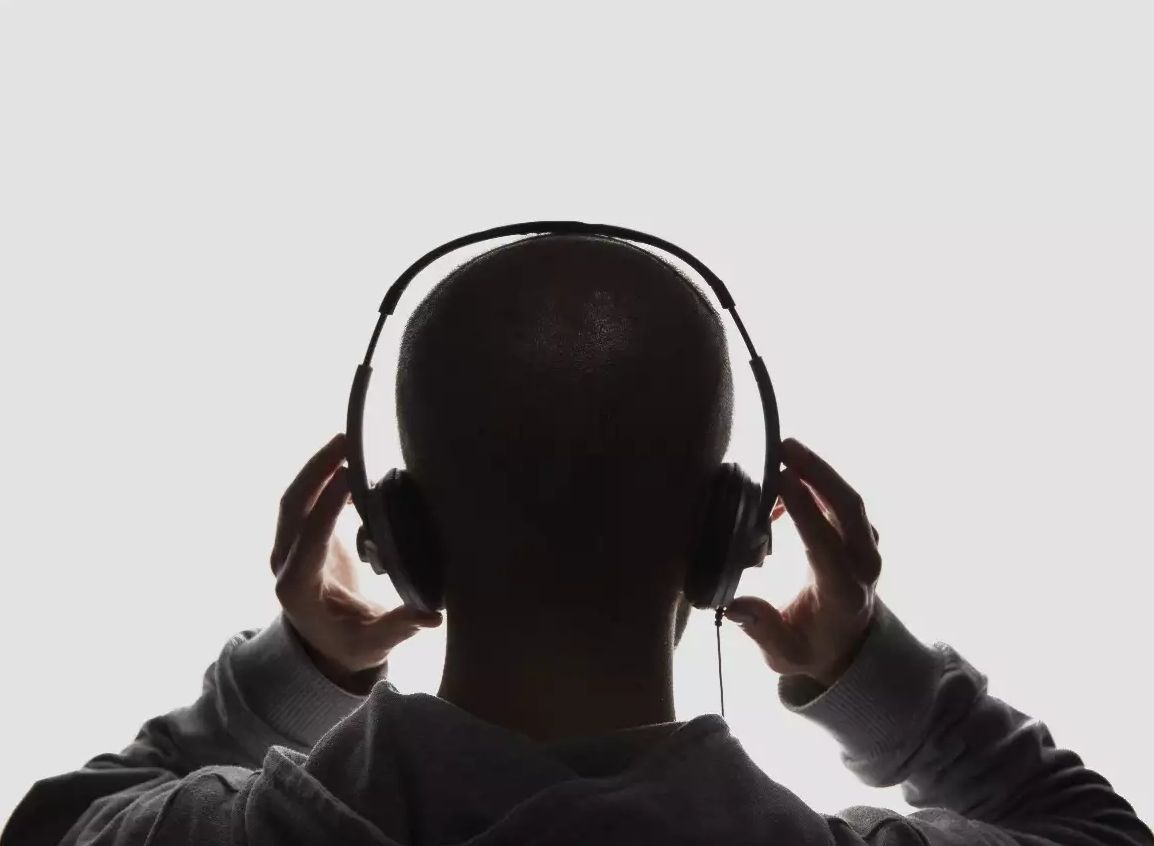Kime is the decisive strike in a fight: the strike that ends the fight. But it's also so much more.
Kime 決め [pronounced "key-may"] is a powerful and complex idea in karatedō. It is the noun of the verb kimeru 決める which means "to decide." Therefore, kime literally means "decisive" or "decision."
But kime is much more than that.
In karatedō, kime has three important meanings and communicates three important concepts, the last of which is deeply important.
Kime as the Decisive Strike that Ends the Fight
The most common usage of kime in karatedō is to describe a strike – a punch, kick, etc. – as being the technique that finishes the fight and brings victory to the karateka. A great example of this is the last technique in ippon kumite, which is the strike that ends the encounter and gives the defender a win.
This is both a completely correct, and the most common, usage of the term kime, and it highlights the importance of each and every technique in a fight, and also the importance of great technique overcoming strength and speed advantages of the adversary.
It also highlights the importance of precision and economy of motion and force: the winning technique – the kime – isn't necessarily the strongest or most devastating strike. Rather, it is strong enough and devastating enough at the right time and the right place to bring victory.
So our first definition for kime is that it is the strike that finishes the fight.
But before we move on, consider this: kime as the "decisive strike" is an important concept in much more than fighting. It is also a key concept in any endeavor, inside, and especially, outside, the dojo.
Think back to some of your biggest successes, or your most complex projects. Wasn't there one thing – an act, an decision, an insight – that decisively moved the project forward and ensured the eventual success that occurred?
This is very often true, even of the most complex undertakings. One thing makes all the difference, and that one thing is what separates success from failure.
Kime is the decisive stroke – in a fight, or in a project.
Kime: Be Decisive, and Act Decisively
The second aspect of kime is an expansion on the idea of a strike that decides the fight. Kime calls us to be decisive in all things, not just in our strikes, but in all our techniques, and even more, to be decisive in all aspects of our lives.
So many times, we act half-heartedly. We don't put all our focus into our actions. We don't use our strength to maximum effect in our techniques. In other words, we do not act decisively.
Kime on the dojo floor calls for us to have crisp, precise, and well-executed techniques. That encompasses everything from punches to push-ups. Do nothing half-heartedly: do everything with all your focus and attention. And constantly seek to improve those techniques.
Off the dojo floor, in the rest of your life, seek to act with efficiency and focus. Be decisive about what you do. Understand that as a karateka, you are a leader in your family, your business, your school, and your community. We need leaders, and we need leaders who can act with decisiveness. Be that leader.
Kime, then, also means to be decisive and to act with decisiveness. This second definition builds on the first, and expands it to the rest of our lives, both inside and outside the dojo.
Its Hard to Be Who You Are
The most important meaning to kime, however, isn't necessarily directly related to decision-making.
Rather, kime reminds us that one of our most important challenges in life is to be who we are.
At first, this seems puzzling. Aren't we who we actually are – all the time? But of course, that's not the case. We are constantly faced with decisions throughout our days: do we act in a way that is consistent with our self-identity? Or do we "bend" – do we accommodate others?
Being who you are, and acting in synchronization with that self-image and identity, is challenging. We must act with decision when we are faced with various pressures to conform to external forces.
We must act with kime.
Kime encourages us to be who we are, and to act in accordance with that vision and reality. In the end, as karateka, we work to refine that vision, and and to constantly improve it (ren ma: read more here). Certainly we don't seek to be rude or inappropriate, and we seek wisdom in all things and all people around us.
In the end, however, if we do not practice kime and actively be who we are, we lose our identity and we lose ourselves. Kime strongly encourages us to prevent that from happening.
| Kanji/Katakana | Meaning |
|---|---|
| 決 | decide (ke-tsi) |
| め | eye (me) [figurative] combines to make kime |
Editor's Note: This lecture was first delivered by Sensei at the Goju Karate NYC Dojo on 29 March 2023.




![Taikibansei — Great Talent, Evening Forming 大器晩成 [Edition 2025]](https://images.unsplash.com/photo-1534447677768-be436bb09401?crop=entropy&cs=tinysrgb&fit=max&fm=jpg&ixid=M3wxMTc3M3wwfDF8c2VhcmNofDIzfHxzaG9vdGluZyUyMHN0YXJ8ZW58MHx8fHwxNzQ0MTU3MTQzfDA&ixlib=rb-4.0.3&q=80&w=720)
![Gaden Insui — Pull Water to My Own Rice Paddy 我田引水 [Edition 2025]](https://images.unsplash.com/photo-1512117789060-5de1ecef9eb7?crop=entropy&cs=tinysrgb&fit=max&fm=jpg&ixid=M3wxMTc3M3wwfDF8c2VhcmNofDF8fHN0YW5kJTIwdXB8ZW58MHx8fHwxNzQzMzYwMTAzfDA&ixlib=rb-4.0.3&q=80&w=720)
